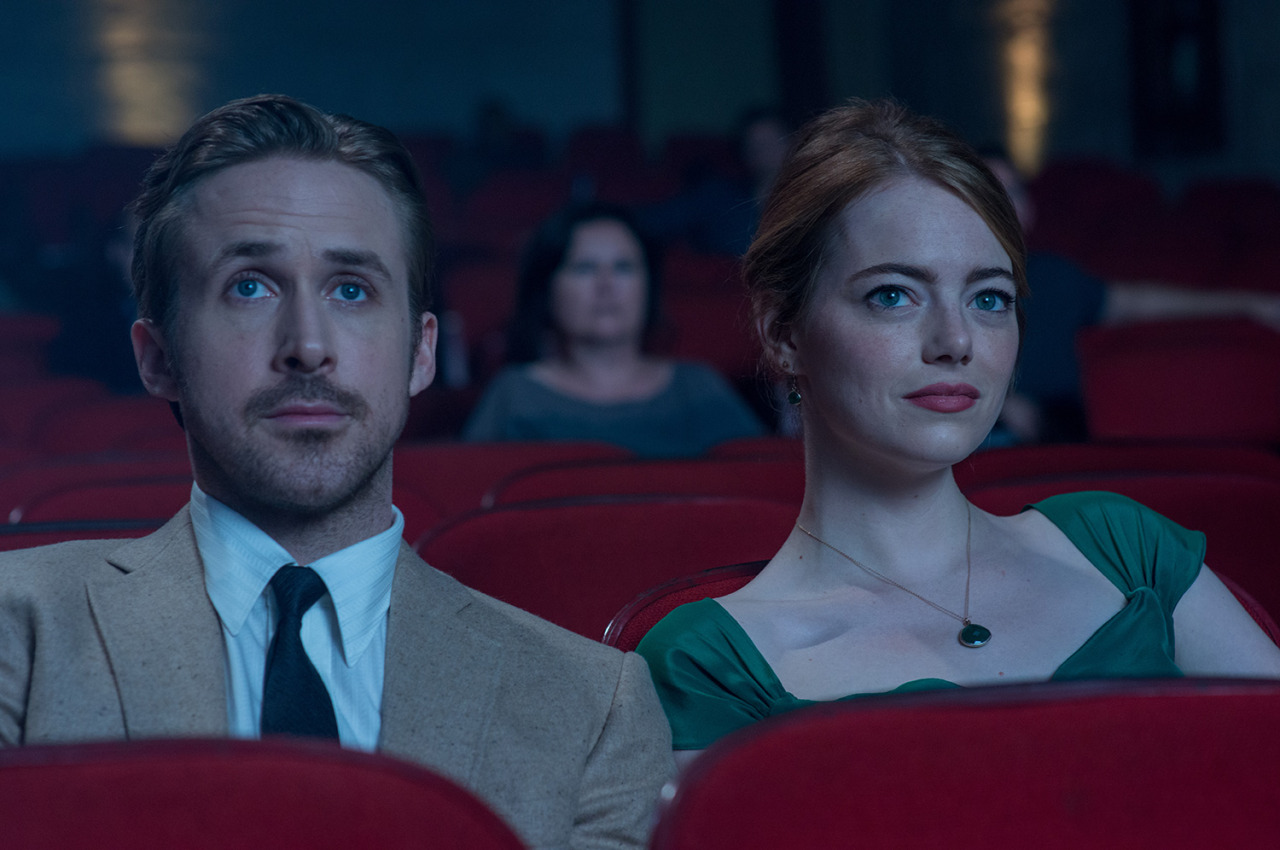Since its release in 2016, ‘La La Land’, directed by Damien Chazelle, has occupied a unique space in the evolution of the musical genre. Its modern reinterpretation, aesthetic choices, and cultural impact have been extensively discussed by critics, filmmakers, and audiences alike. Yet, what precisely did ‘La La Land’ contribute to the contemporary musical repertoire? The answers are multifaceted, spanning narrative innovation, technical revival, and a reevaluation of cinematic nostalgia.
Revitalizing the Classic Framework Through a Modern Lens
For a considerable time, musicals have flourished through magnificent displays, dynamic dance sequences, and narratives brimming with emotion. Nevertheless, prior to the release of ‘La La Land’, the American cinematic landscape saw a decline in major, novel musical productions, with adaptations and Disney animations largely taking center stage. Chazelle’s creative concept explicitly drew inspiration from Hollywood’s Golden Era, incorporating allusions to films like ‘Singin’ in the Rain’ and ‘The Umbrellas of Cherbourg,’ while simultaneously anchoring the plot in the concrete challenges faced by contemporary aspirants.
By threading Mia and Sebastian’s ambitions with contemporary realities—financial instability, career uncertainty, and the tension between dreams and practicality—the film anchored timeless themes in an authentic context. The contrast between hyperreal musical numbers, such as the opening freeway sequence ‘Another Day of Sun’, and the grounded, bittersweet development of the central relationship, reinvigorated the genre without ignoring present-day sensibilities.
Filmic Artistry: Hue, Melody, and Movement
‘La La Land‘ distinguished itself through a meticulous fusion of visual and auditory artistry. Cinematographer Linus Sandgren’s use of color palettes was not mere homage but a deliberate psychological tool. Vivid hues in costumes and set design often mirrored emotional peaks or transitions, echoing the expressive capabilities of color in classic musicals while delivering a fresh impact to contemporary audiences.
Composer Justin Hurwitz’s musical contributions were fundamental in defining the movie’s character. In contrast to numerous contemporary musicals that lean towards diegetic or pop-influenced tunes, ‘La La Land’ featured unique compositions with a loose connection to jazz. The recurring jazz theme, present in both its subject matter and framework, infused the film with an improvisational essence and highlighted for the audience the transformative power inherent in music. Tracks such as ‘City of Stars’ gained widespread recognition, becoming popular on mainstream radio, and garnered several accolades, including the Academy Award for Best Original Song.
The dance sequences, conceived by Mandy Moore, moved away from overly refined flawlessness, instead embracing movement that was expressive and driven by character. Ryan Gosling and Emma Stone, neither of whom were renowned for their musical theater experience, presented portrayals rooted in genuine emotion and sincerity. This approach broadened the appeal of the musical genre, implying that sincere delivery could be more impactful than technical skill.
Subverting Narratives and Embracing Realism
Audiences conditioned by classical musicals might expect a conclusive, optimistic ending. ‘La La Land’ purposefully subverted this convention. The film’s final act, often referenced as ‘the epilogue,’ offered viewers both a dreamlike, alternative reality montage and the present-day outcome, where aspirations are realized at the cost of the romantic relationship. This duality resonated with a modern audience accustomed to complexity and nuance, suggesting that adult life often demands sacrifice rather than the perfect alignment of love and ambition.
Furthermore, the movie’s introspection redefined the musical category as both an homage and an examination. With Sebastian’s yearning for a bygone jazz period and Mia’s developing perception of celebrity, ‘La La Land’ scrutinized the sentimentality often idealized in musicals, subtly prompting audiences to reevaluate the consequences of holding onto history.
Audience Reception, Legacy, and the Broader Musical Revival
The worldwide reception of ‘La La Land’ highlighted a demand for musical storytelling beyond the typical superhero or franchise models. Earning almost $450 million globally from a $30 million investment, and receiving fourteen Academy Award nods, the movie proved the strong commercial and critical potential for original musicals in the modern era. Its triumph notably paved the way for a renewed interest in musical films and TV shows, such as ‘The Greatest Showman,’ the 2018 version of ‘A Star is Born,’ and live televised productions of Broadway favorites.
The film also reignited public interest in jazz, Los Angeles as a character-driven setting, and the narrative trope of the artist’s journey—signaling that audiences were still eager for stylized realism and emotional catharsis.
Enduring Influence and New Standards for the Genre
Analysis of post-‘La La Land’ musicals reveals measurable influence across both independent and studio-backed projects. Directors and composers cite its blending of visual bravura and narrative honesty as a touchstone. The film’s soundtrack, with its jazz-inflected motifs, fueled a renewed appreciation for original scores in mainstream cinema.
Perhaps ‘La La Land’s’ most significant contribution is its validation of the modern musical’s capacity to blend homage with innovation. It empowered creators to experiment boldly within the genre while honoring its deep-rooted traditions. By refusing to stale into pastiche, and favoring an honest portrayal of dreams achieved and lost, the film reminded viewers and filmmakers alike that musicals are not only vessels for escapism but also for sincere human stories—complex, imperfect, and resonant with contemporary realities. Such a model endures, inviting each new generation to reimagine what a musical can be and whom it can reach.

